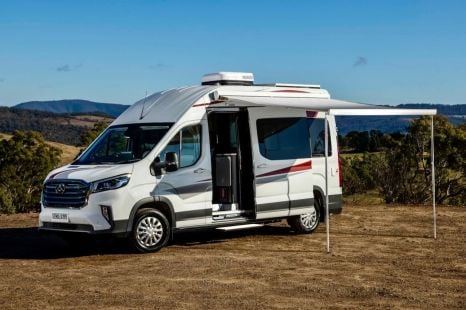

Ben Zachariah
2026 LDV Deliver 9 campervan released with sharp pricing
5 Hours Ago
It seems there will be no all-new replacements for the petrol and diesel engines used in today's Hyundai, Kia and Genesis vehicles.

Journalist
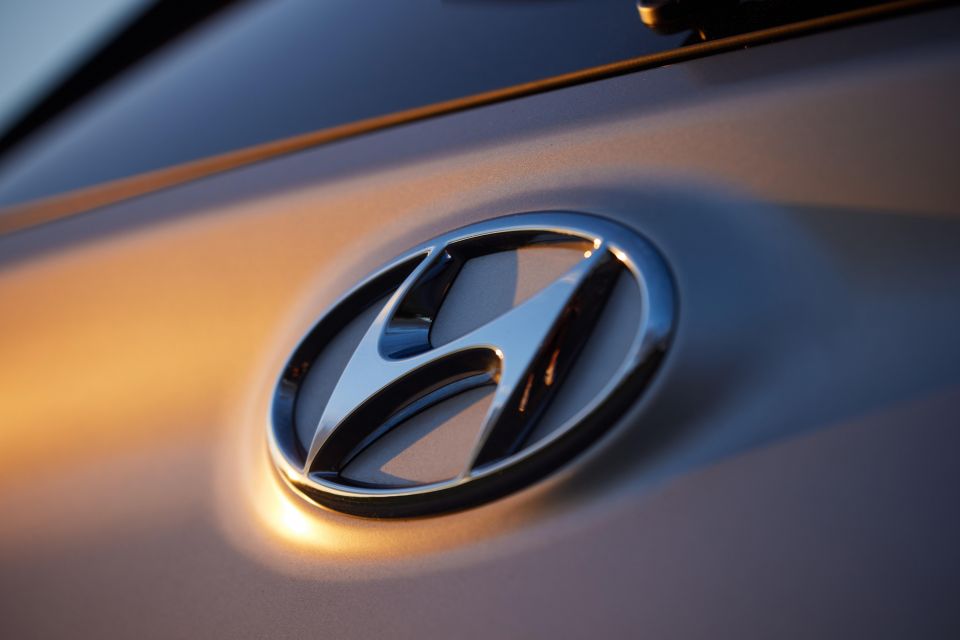

Journalist
Hyundai Motor Group is accelerating its EV plans, and has closed its engine development department at the end of 2021.
The Korean firm shuttered the engine development division at its Namyang R&D centre on December 23, 2021, sources have told The Korea Economic Daily.
CEO Chang Jae-hoon signalled this move was in the works when the company announced a more aggressive EV push in late December 2021, but it wasn’t clear at the time when the change would take place.
According to the newspaper, Park Chung-kook, recently appointed as the automaker’s research and development chief, sent an email to employees explaining the change: “Now, it is inevitable to convert into electrification.
“Our own engine development is a great achievement, but we must change the system to create future innovation based on the great asset from the past.”
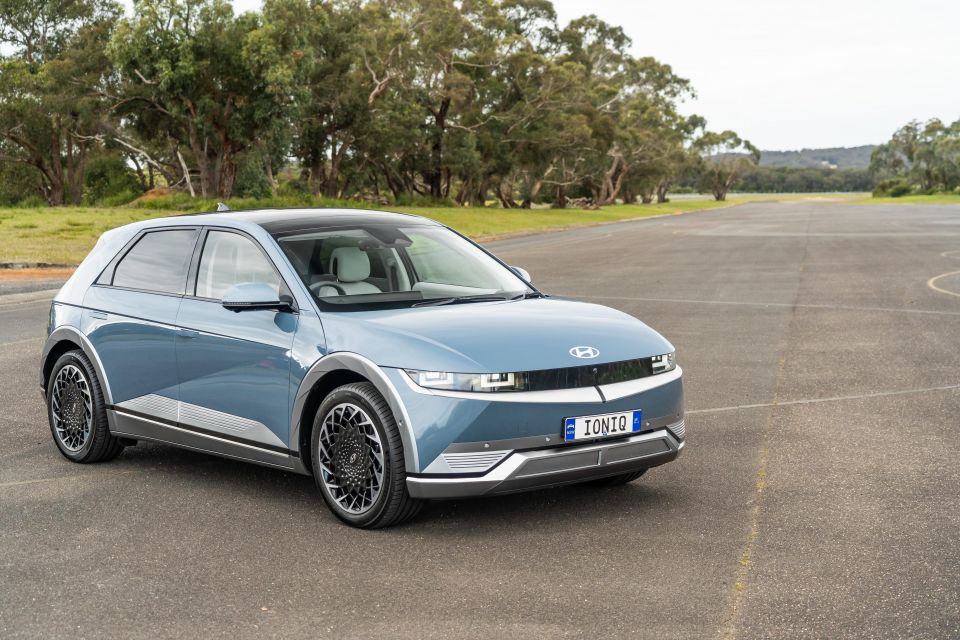
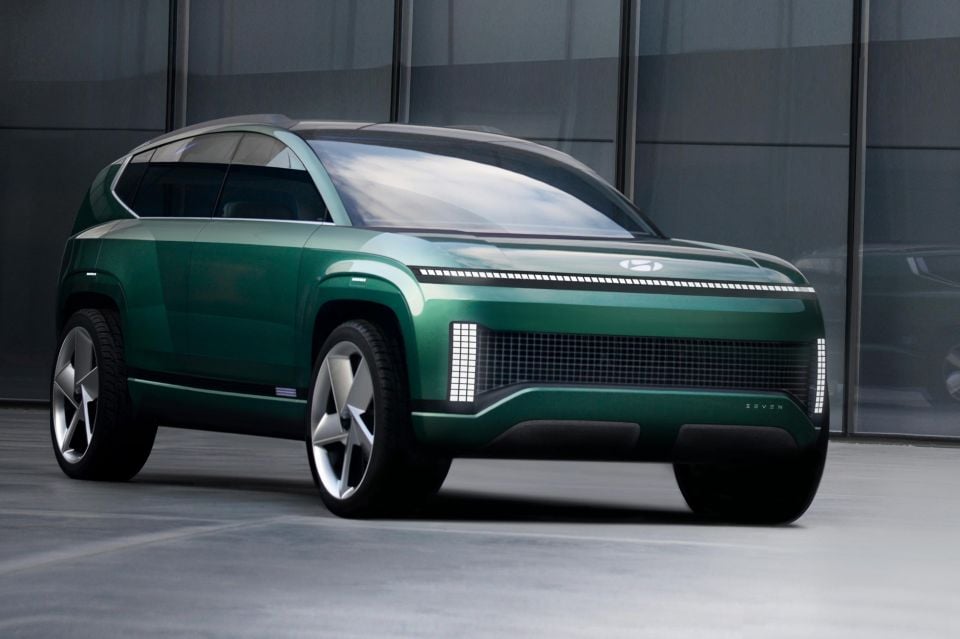
It’s understood a small group of engineers will continue to work with internal combustion engines, but they will be responsible for updating existing designs rather than developing new petrol and diesel mills.
Most drivetrain employees have been moved into teams designing EV powertrains. Development centres will be converted to work with electric motors, and a new battery development centre will be established.
The reallocation of resources within the R&D department will help the automaker reach its updated EV sales target. The company is now aiming to sell 1.7 million EVs in 2026, which is substantially more the previous goal of 1.0 million electric cars in 2025.
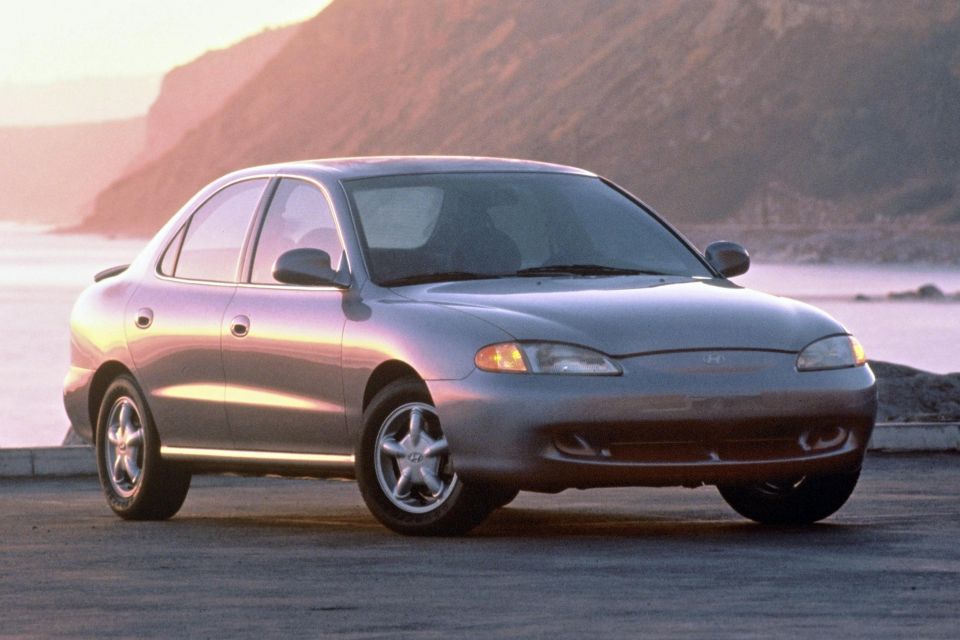
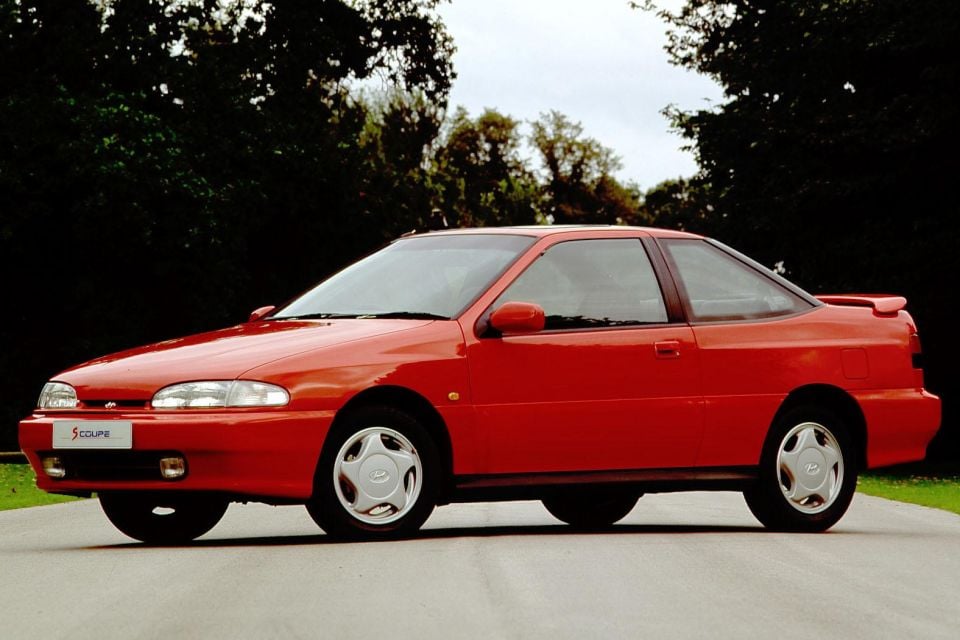
Hyundai’s engine development team was established in 1983, but it took until 1991 for the automaker’s first in-house designed engines made their production debut.
Dubbed Alpha, the 1.5-litre four-cylinder engine was first used in the S Coupe in both naturally-aspirated and turbocharged forms.
The task of replacing the company’s Mitsubishi-sourced engine designs stepped up a gear when the second-generation Elantra — still known as the Lantra in Australia — was launched in 1995 with the new Beta engine, which available locally in 1.8-litre guise.
Since then the company has developed its own in-line three- and four-cylinder petrol and diesel engines, as well as V6 and V8 motors.
Derek Fung would love to tell you about his multiple degrees, but he's too busy writing up some news right now. In his spare time Derek loves chasing automotive rabbits down the hole. Based in New York, New York, Derek loves to travel and is very much a window not an aisle person.


Ben Zachariah
5 Hours Ago
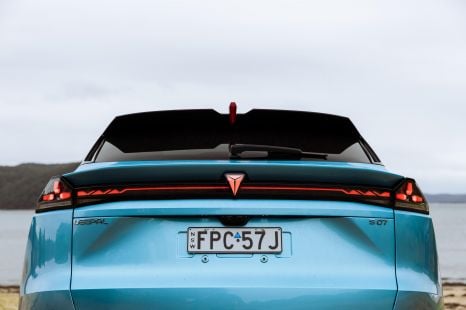

William Stopford
6 Hours Ago
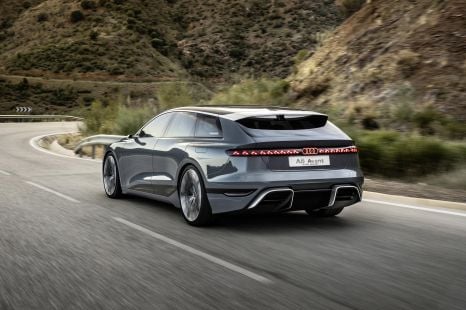

Derek Fung
7 Hours Ago


Alborz Fallah
7 Hours Ago
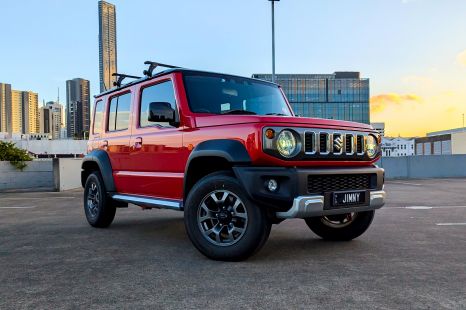

William Stopford
14 Hours Ago
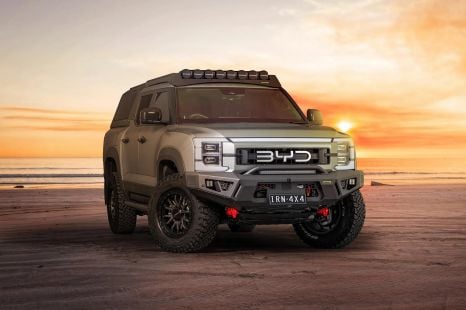

William Stopford
22 Hours Ago